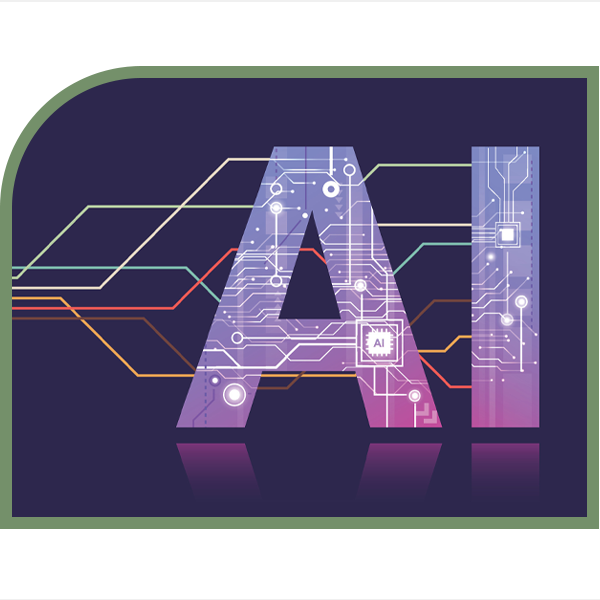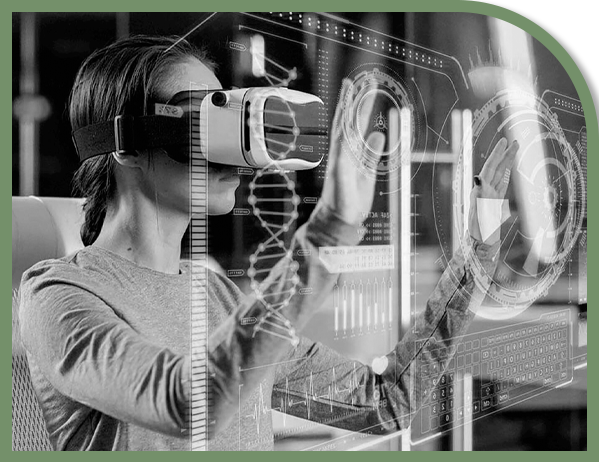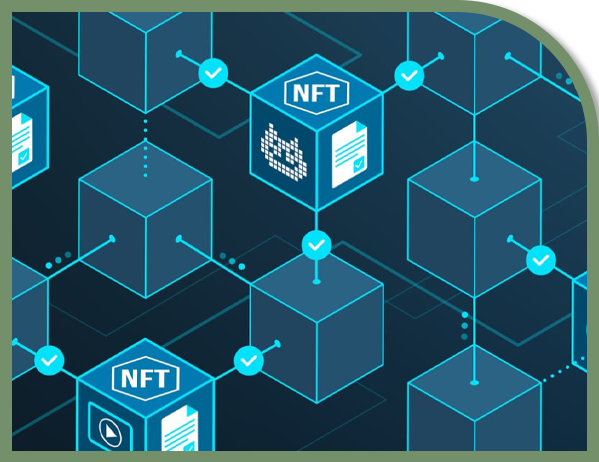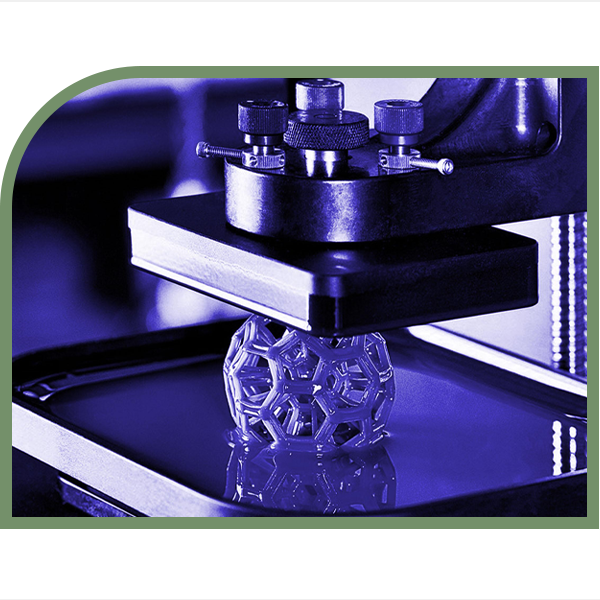

Creative industries have always operated at the frontier of innovation — where art, culture, and technology converge to create new experiences. In recent years, the rise of emerging technologies has not only transformed creative tools but also redefined business models, audience engagement, and even the very concept of creativity itself.
In this article, we will explore six key technologies that are reshaping the future of creative industries and review real-world examples of successful global projects.

Artificial intelligence, especially Generative AI, has revolutionized creative processes. Designers, artists, and brands can now bring complex ideas to life in a fraction of the time it once took, replacing months of manual work with rapid prototyping.
Tools like Midjourney, Runway, and Figma AI are prime examples of this transformation.
However, copyright concerns and the blurred line between human creativity and machine-generated content remain highly debated issues that could shape the future of these tools.
AR and VR have introduced interactive, multi-sensory experiences to the creative sector. These technologies enable brands, museums, and entertainment companies to craft unique, engaging environments for their audiences.

Applications include:
Example:
IKEA’s AR app allows customers to visualize furniture in their own homes before purchasing.
Challenge:
The high cost of AR/VR content development and the need for advanced equipment remain significant barriers to widespread adoption.

IoT links physical objects and spaces, creating personalized, dynamic experiences. It plays a vital role in creative cities and interactive galleries, where human interaction shapes the environment.
Applications include:
Challenge:
Privacy concerns and data security issues are critical obstacles to the ethical and safe implementation of IoT in creative spaces.
Blockchain empowers artists to securely register and monetize their work in a digital, tamper-proof format. This technology has transformed creative business models by introducing NFTs (Non-Fungible Tokens), allowing artists to sell their creations transparently while maintaining ownership rights.

Advantages:
Challenges:
The uncertainty surrounding NFT regulations and frequent market fluctuations remain the most pressing challenges in this space.

3D printing has redefined the boundaries of design and production, enabling artists and designers to quickly bring their concepts into the physical world.
Applications include:
Challenge:
The cost of materials and equipment continues to limit the widespread use of 3D printing in creative industries.
The future of creative industries doesn’t lie in a single technology but in integrating multiple technologies to create groundbreaking experiences.
Imagine a project where AI designs the concept, 3D printing brings it to life, and AR enhances the final experience for the audience.
Creative industries are entering a new era where technology and human imagination coexist and complement each other.
For artists, designers, and brands, understanding and mastering these technologies is no longer optional — it is essential for survival and growth.
While challenges will persist, history shows that creativity has always found ways to overcome obstacles. As we move forward, the collaboration between human ingenuity and emerging technologies will shape a future where innovation knows no limits.